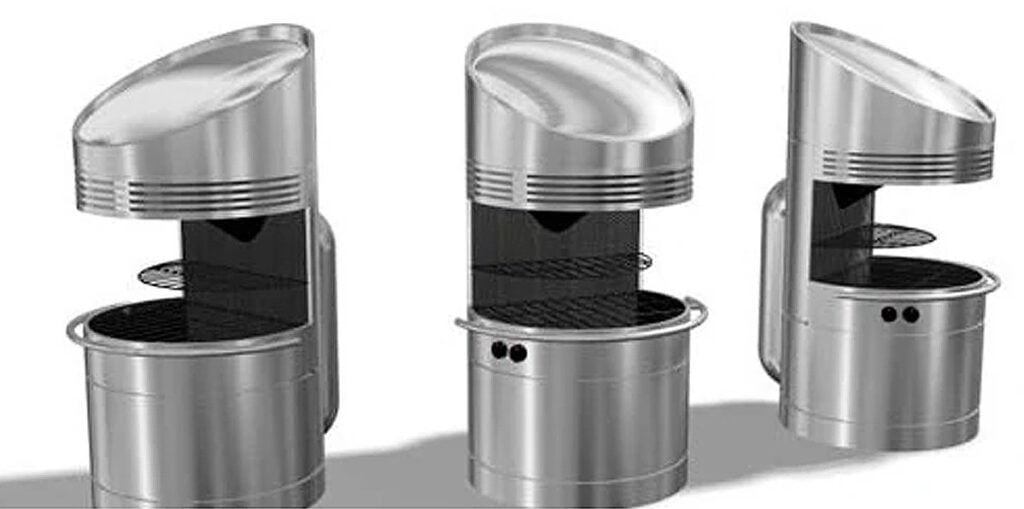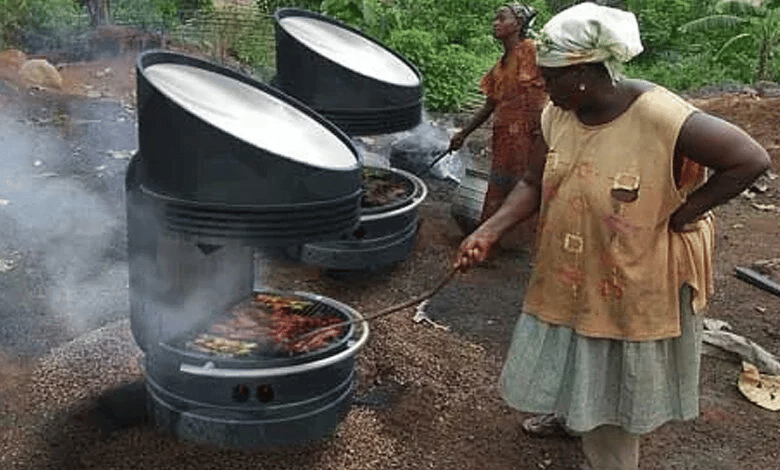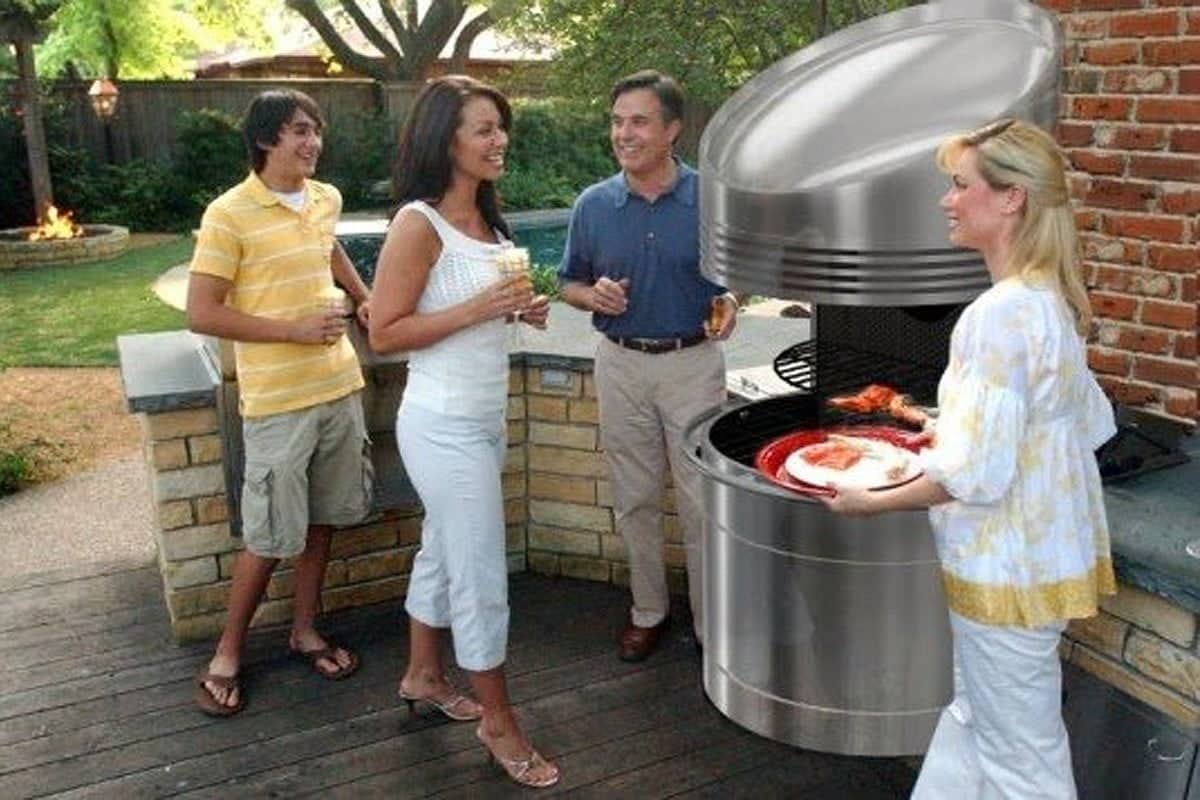The good weather returns (even too much, with temperatures too above average) and someone runs for cover by setting up the gardens ahead of time. And what's better than a nice outdoor barbecue? Well, but not very well: first of all, classic barbecues work on coal and pollute. Electric ones consume. Those always on, finally, involve too much meat consumption. I'm getting heavy, huh?
Come to meet me: at least consider the idea of a solar barbecue!
I already guess the comments on the FuturoProssimo Facebook channel, maybe without even reading this post. "And when the sun is not there?". I'm talking about this: a solar barbecue that works even at night.

Wilson, off-the-grid grilling
Wilson, in summary, is capable of capturing and exploiting solar energy and also to convert it into thermal energy, store it in a lithium nitrate substrate and make it usable for 25 hours. Not bad.
Understood? It runs on solar energy but you can also use it at night, or even when it's a bit cloudy outside! Provided that you have "loaded" it, of course.
Plus: no ash when you put something on the grill, and nothing smells like coal. Sounds reasonable for everyone, doesn't it?
Nomen Omen: Wilson's inventor… his name is Wilson!

David Wilson he is a professor of mechanical engineering at the very prestigious MIT, the Massachusetts Institute of Technology. He is the inventor of solar technology, which is the basis of this “slow release” barbecue.
The idea came to him during a visit to Nigeria. Considering the massive use of the wood stove, the researcher realized two things: First, the use of wood increases smoke and consequent respiratory problems. According to the use of wood, deforestation increases.
The design of this device was born from his research.
Solar barbecue, a great idea
This invention will be able to do a lot in countries that mainly use wood and coal for cooking: who knows if someone will make it, but there are places in the world where it is easier to access the sun than electricity.
Having a device that allows you to cook at 250 ° C using the latent heat that comes from solar energy is a great thing.


